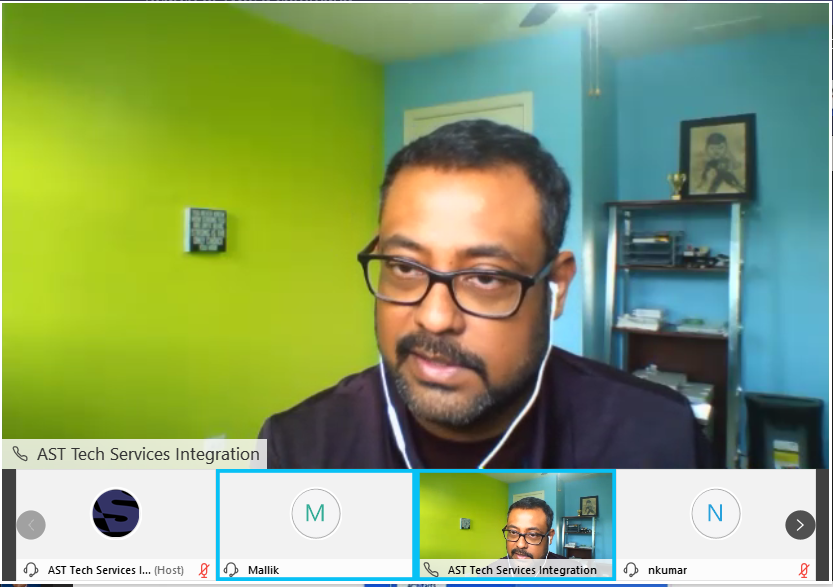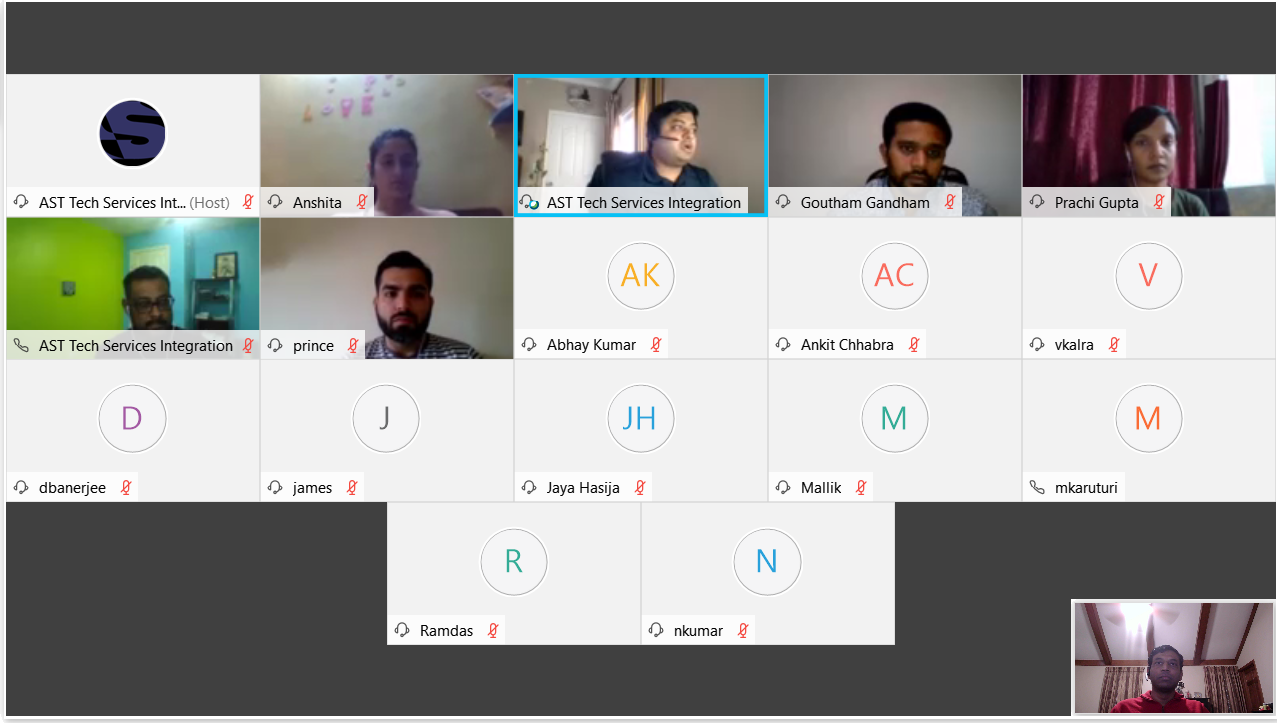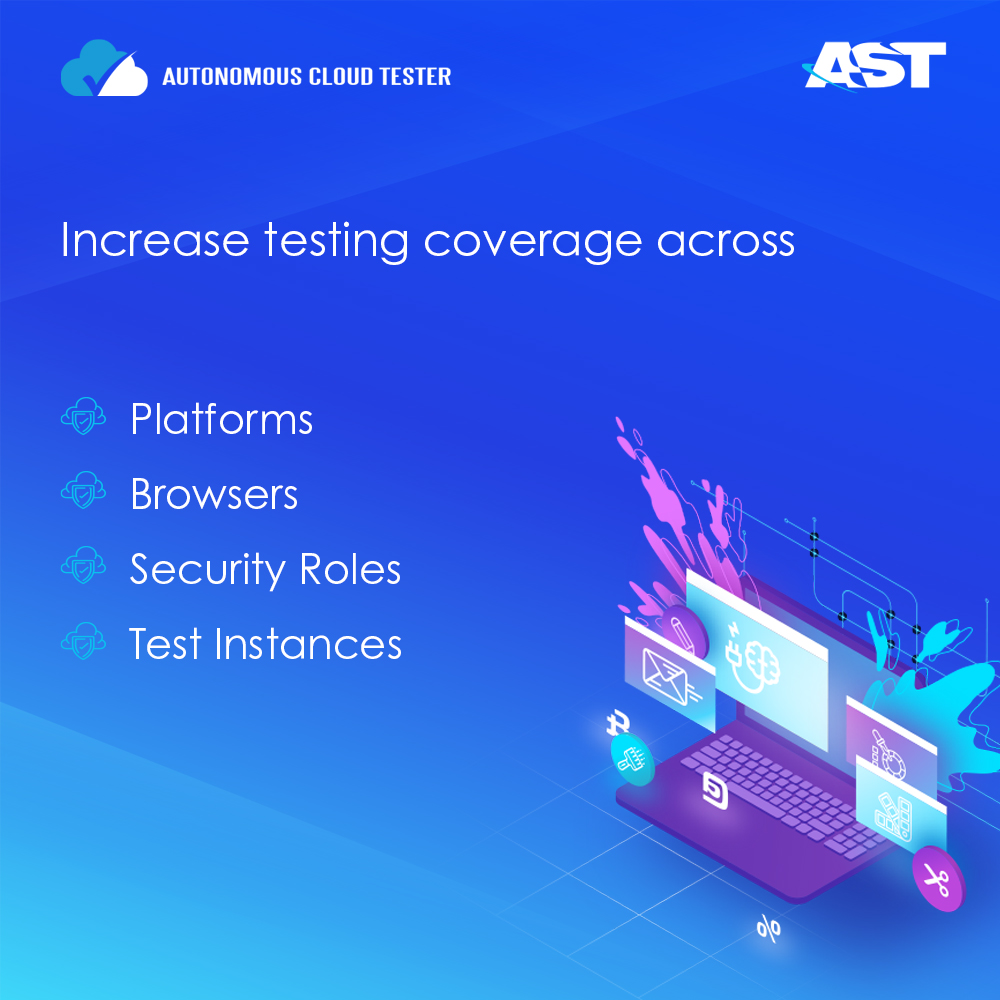As fast-growing companies achieve greater market penetration, gain more customers and their organization grows, they often run in to a wall where internal processes struggle to keep up with continued demand. The key challenge to supporting that growth is laying the groundwork to scale the business effectively and efficiently while maintaining customer service and support.
When starting out, most companies solve problems in the quickest, cheapest ways possible, which over time, leads them toward one of the biggest pitfalls for growing organizations—using multiple standalone business applications for varying departmental functions in an ad hoc manner. As the business and its complexity grow, these disparate systems create operational inefficiencies that can be detrimental to the bottom line, damage the customer experience, and impede the company’s ability to reach its full potential.
This white paper covers the types of inefficiencies caused by running disparate business solutions and systems for different departments and how a software platform that unifies critical business processes helps companies grow more rapidly and profitably.
This paper reviews numerous case studies of companies that switched from disparate software systems to an integrated software suite and also covers analysis by independent industry expert, Nucleus Research, of customers’ ROI from using an integrated software suite.
Inefficiencies of a Standalone System Architecture
Businesses that select their systems over time can find themselves with a poorly planned architecture that handles short-term tactical needs sub-optimally while holding the company back from scaling efficiently over the long term. These inefficiencies can become so severe
that they cripple growth. There are four primary issues that hinder growth when running a
business on multiple disparate systems.
Non-Value Added Activities: If your employees are bogged down navigating inefficient and disjointed processes, it increases errors and takes time away from their more important core duties. Important processes such as order processing, invoicing, expense approvals and fulfillment, can take a lot longer to get completed if too much manual effort is required and are often erroneous. For instance, employees may be spending hours re-entering order information into the accounting and invoicing system, while other employees pull that same information from the CRM system for order fulfillment processes and to calculate sales commissions. If any orders are canceled in the meantime, employees have to sift through mounds of data to reconcile this information again. Such labor-intensive and manual tasks steal away time that could be otherwise spent on helping the company grow and innovate.
Sign supplier, Advantage Sign Supply, was having trouble keeping up with order volumes and managing inventory and wanted to improve profitability while growing their customer base. After deploying NetSuite, a completely integrated cloud business system, they were able to cut order processing time by 66%, decrease inventory on hand by $500,000, automate electronic invoicing saving $1,000 a month and launch an ecommerce sales channel that now
accounts for 11% of revenue.
Lack of Real-time Visibility: When software systems are not integrated, you have multiple overlapping databases and cannot easily get a view of business performance in a timely fashion. Reports showing performance across finance, sales, marketing, service and fulfillment departments are crucial to giving an integrated view of a company’s operations. Most companies simply give up on acquiring this information on a regular basis because of the amount of time it takes to source, extract and analyze this data. For those that do, countless hours are wasted trying
to tie unrelated, errorprone and out-of-date information together. Consequently, businesses end up making critical decisions slowly based on inaccurate information, or they make hasty
and risky decisions off of gut instinct.
Integration Complexity and Cost: With so many disparate applications, IT wastes an enormous amount of time and money on integrating, maintaining, upgrading, and acquiring new versions of these applications. Once new versions are purchased, even more integration and maintenance needs to be performed for all the different versions of software to work together. Consequently, valuable IT time that could be used to make the business more productive is wasted, while maintenance costs skyrocket.
With this in mind, its not a surprise that the leading analyst firm, Gartner, reports that 91% of IT staff time is spent on software maintenance rather than on innovation.
Increased Customer Churn: Customer acquisition and revenue growth are key pillars to a company’s continued success. With fierce competition, it is essential that a company provides an exceptional customer experience or risk having customers take their business elsewhere. When customers are unable to quickly get order status information, can’t get issues resolved easily, have poor product fulfillment experiences and customer satisfaction is damaged, the likelihood of repurchase decreased and the risk of negative word-of-mouth increased. An integrated software system ensures that customers have the right information and customer experience they demand by providing customers with a real-time selfservice portal and by providing customer facing employees instantaneous access to all the customer interaction and transaction
information they need to service and sell. Customers of Australian wine retailer, WineMarket, used to wait an average of 45 seconds before getting their call answered with many calls requiring a call back. With NetSuite, they were able to reduce wait times to 11 seconds, achieve a 95% firstcall resolution rate and improve overall customer satisfaction results.
Comparing the Suite to a Standalone System
When companies first start growing, they have several options to implement the frontand back-office systems needed. From accounting to CRM to order management and beyond, applications can be implemented in a piecemeal, staged process or in a process that takes into account how these various systems will interact with each other and what level of integration they require.
As company and revenue growth accelerates, it becomes increasingly essential to integrate business software applications and standardize across a single database and business process. The advantages of designing software systems in this manner tremendously improves business productivity, visibility across the organization and IT cost savings. Let us examine some of the key areas in which fast-growing companies can benefit from implementing a software suite.
Before, we had to physically bring a hard copy of a new order to production and channel to each department. Now new orders are entered and we all have instant visibility. NetSuite provides the critical tool to see our current sales demand, direct the orders through our seven-step assembly process and ensure that they go out the door on time to give our customers the best delivery performance possible meeting our quality and performance objectives. – Monobind
Process Efficiency Across the Organization
The key to avoiding manual, duplicative work is to ensure that your core business processes are seamlessly integrated from the frontoffice to the back-office. Automating such processes enables you to minimize employee time spent on activities that would otherwise be required to manage these processes, and redeploy staff to higher-value activities to help the business innovate and grow. Quantifiable benefits can be realized in critical processes such as quote-to-cash, procure-to-pay, accounts payable, and payroll, expense and incentive management.
Quote-to-Cash: When a company converts a prospect into a customer, they often do so by re-entering the same customer data from the CRM system into the order management system and then into the accounting system. Without front-to-back-office integration, valuable time is wasted with manual data entry paper-based processes and back and forth communications regarding order status and monthly revenue recognition and customer experience suffers because of these delays. Once an order has been placed into the order management system, companies need to ensure that customers provide payment in time and that the time taken to fulfill an order doesn’t get to a point where it results in order cancellations or customer dissatisfaction.
Monobind, a medical device manufacturer, was able to cut its order fulfillment times by 50% after deploying NetSuite and its production planning time from days to hours.
Procure-to-Pay: To fuel growth, businesses need to purchase equipment or raw materials. The procure-to-pay process that starts with acquiring raw materials and culminates with paying stakeholders, is a complicated one that involves several touch points within purchasing, receiving and accounts payables functions. Each of these functions deal with disparate software that needs to work together to enable the purchasing of equipment or raw materials, and then eventually pay the vendors providing these deliverables.NetSuite’s Payroll makes it easy. Other companies will try and sell you something that doesn’t connect with your system and requires separate servers, but with NetSuite, accounting and CRM are tied together. Competitors can’t do that. Now I don’t worry about it, software or updates and to me, that’s priceless! – I.D. Me Promotions
An integrated suite ensures that the procure-to-pay process is streamlined. It automates the entire process and eliminates manual errors by employees. When employees can track the status of purchase requisitions and orders through self-service functionality that eliminates paper-based forms and errors, it frees up your staff for higher-value activities, while simultaneously trimming the bottom line.
A further benefit of an integrated suite is ensuring that purchase orders are automatically generated once reorder points have been reached for certain goods or raw materials. This means that instead of having to pull staff off projects to look up previously completed purchase orders and order quantities, and to generate a new purchase order, the purchase orders are now automatically generated.
An independent analysis by industry experts, Nucleus Research, of customers using NetSuite found that they reported inventory carrying cost.
Accounts Payable: Once purchase orders have been generated, vendors that provide goods or services to the company need to get paid. The finance staff will then need to confirm whether the services or goods were delivered as promised and only then authorize accounts payable to release payment to the vendor. All these activities consume valuable cycles that employees could instead spend on the core business. An integrated system like NetSuite will ensure payments are made on a timely basis and the process is automated to a great extent.
Payroll, Expense and Incentive Management: As a company grows, so does the number of employees. Operating disparate software systems for payroll, expense management and incentive compensation can result in a spreadsheet nightmare. Calculating parameters such as salary, withholdings, deductions, and sick and vacation day accruals can consume several hours each week and consist of manual, error-prone processes executed primarily on these spreadsheets or duplicated across disparate software applications.
I can be in a café in Italy and use my iPhone to see how sales are going, what shipments are on the water, which POS have been paid—and then I can go back to the trade show and talk about new composites for bicycle frames. NetSuite is easy to use, but it also can take us to a $100 million company without missing a beat. – Niner Bikes
A closely related aspect of payroll is incentive compensation for the sales force. Sales operations personnel have to spend countless hours on sales incentive plan construction, as well as research, and resolve sales disputes on how much commission is due. A software suite that includes incentive compensation allows sales operations and finance employees to save time by automatically calculating commissions based on sales orders processed, taking into account sophisticated sales commission rules based on quotas, sales, quantity and profitability. It integrates the incentive compensation system with payroll and accounting systems to streamline payment processing.
When it comes to expense management, a suite allows self-service features to be embedded so that employees can enter expense reports and have them routed automatically to the appropriate managers, with all approvals being instantly captured in payroll and accounting.
Real-Time Visibility and a Unified Customer View
Getting an accurate view of a company’s operations can be a challenge if there are multiple disconnected business systems. Data is fragmented and scattered across disparate systems and spreadsheets, often out-of-date, error-prone and hard to maintain. Efforts to tie together multiple sources of data can be time consuming and incomplete. Traditional add-on analytics tools for these disparate applications are expensive to purchase and implement, and often lack the ease of use necessary to make them pervasive.
Mindwave Research, a professional services company, deployed NetSuite and reduced their time to perform cash flow analysis by 18 hours per week, and the time for monthly financial closings by eight hours per month. They also gained the ability to forecast cash flow up to six months in advance and saved $50,000 yearly over extra staffing that would be required without NetSuite.
Financial reporting or revenue recognition can drag on for weeks as employees have to extract and sift through data from multiple divisions, geographies, subsidiaries and business units, each with its own set of order management, revenue and accounting packages.
With NetSuite, all of our data is 100% accurate, presented in real-time and available at the click of a button. It’s made a huge difference to the way we work. – Arboricultural Association
So how does a software suite provide the key business intelligence components needed in order to have a holistic detailed view of your business operations? Because all critical functions and processes are in one central database, it can instantly deliver personalized insights of the company’s performance tailored to each user’s need—be it CFO, controller, CEO, sales manager, marketing manager or inventory manager. Because all reports and dashboards extract data from a single, centralized data repository, the multiple versions of the truth that your employees currently obtain from disparate systems and spreadsheets are eliminated.
Continued business growth often requires that companies maintain and enhance customer relationships. This is particularly challenging as a company employs more and more people, often in different departments, geographies and divisions using different processes and systems. By arming sales, service, operations and other customer facing staff with real-time access to all critical customer information, the team can more quickly and accurately handle the customer’s requests. This complete view of each customer interaction and transaction history is also powerful for maximizing upsell, cross-sell and renewal revenue and can be used to identify customer trends and patterns for strategic planning and marketing efforts.
Significant IT Time and Cost Savings
Companies with disparate software systems have to contend with several types of applications ranging from accounting to financial planning, order management, CRM, ecommerce and business intelligence tools. Multiple applications consume valuable IT time spent planning, deploying, managing, integrating, maintaining and upgrading various systems. Capital-intensive hardware infrastructure and software licenses, combined with expensive, time-consuming upgrades, drive up expenses and can get out of control the faster a company grows.Nucleus Research found software companies moving from on-premise applications to NetSuite eliminated an average of $23,000 in software license maintenance costs per year. IT staff savings for those companies ranged from 50% to 65% of total IT time.
NetSuite gives us a single view of the customer, rather than having customer data all over the place. We have strengthened customer support and customer relations, and we’ve been able to speed up order processing while improving system availability at the same time. – Lightspeed Technologies
In fact, as business systems age, functionality starts diminishing, but the disruption and expense of upgrading to the latest version makes it unfeasible to do so.
In a software suite, IT no longer has to procure, install and maintain multiple systems and the various integrations between them. Operational costs are significantly reduced while IT time can instead be spent on growing the business and improving the company’s business operations.
Accelerated Growth and Expansion
Expansion to new geographies, markets, product lines and additional sales channels can be accomplished faster with an integrated system because of unified order and accounting management processes and data.
Schaeffer Manufacturing, a producer of motor oils, had a real dilemma on its hands. The company’s growth to $100 million in sales outpaced its 25-year-old fragmented AS/400-based proprietary system. Its larger customers were demanding automated order and payment methods, and Schaeffer was faced with buying an expensive ERP system or a collection of applications they would have to integrate. By choosing NetSuite’s unified business management system, Schaeffer saved $100,000 annually in programming costs alone.
Toy retailer, Outback Toys, deployed NetSuite and experienced a 33% growth in orders while simultaneously saving $25,000 per year on web store management staff, and without having to increase warehouse staff.
We were becoming a big company, but we couldn’t afford a big, integrated ERP system. With NetSuite, our competitive advantage is strengthened. – Schaeffer Manufacturing
Conclusion
Today, companies in virtually every industry are using sophisticated business software to manage operations but many are still struggling to keep up with their growth and manage costs effectively because of a hairball of disparate software applications. This hairball is causing process bottlenecks and employee productivity issues. Integrated cloud business management software suites such as NetSuite are transforming companies and enabling them to transcend growing pains that previously were holding them back from taking their business to the next level of
profitable growth.


